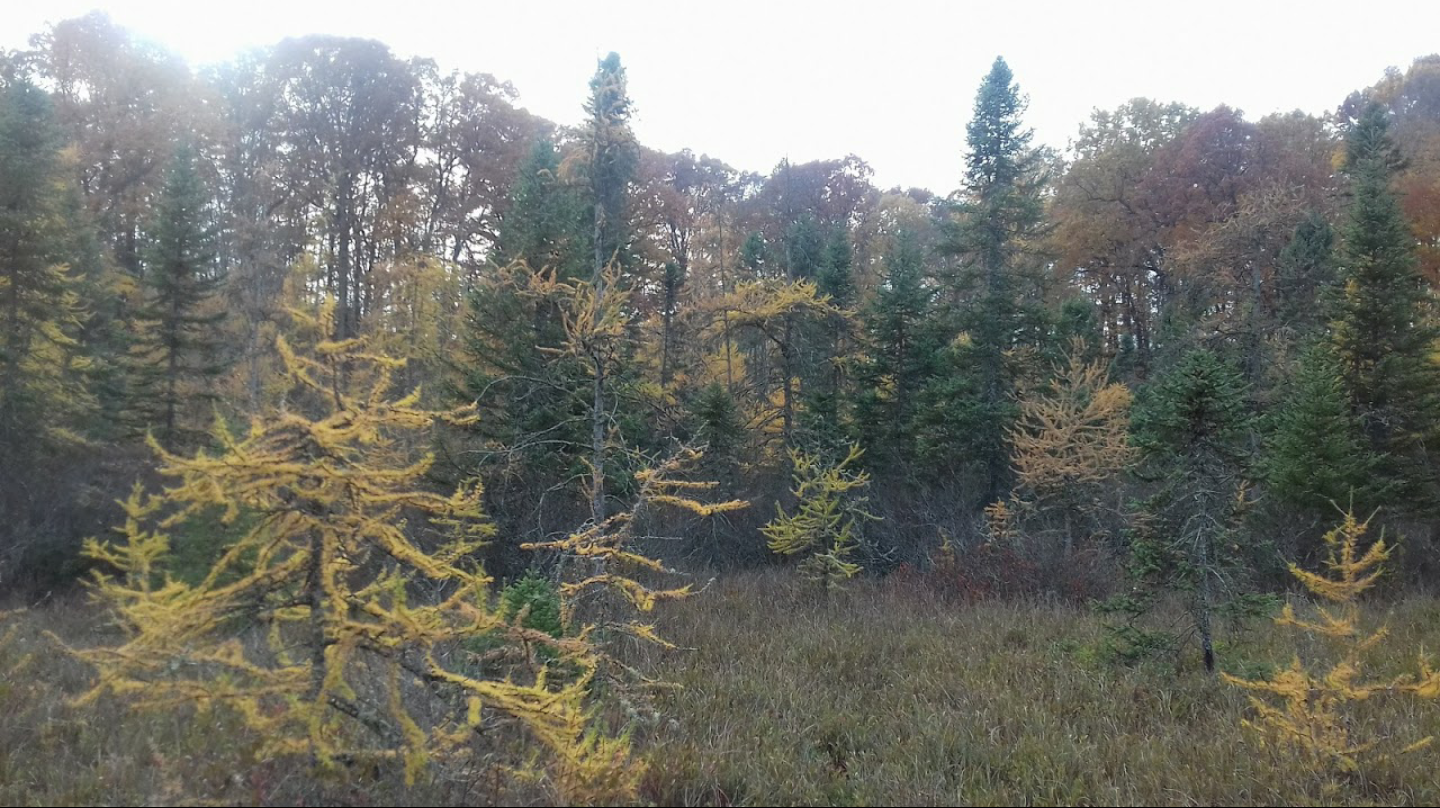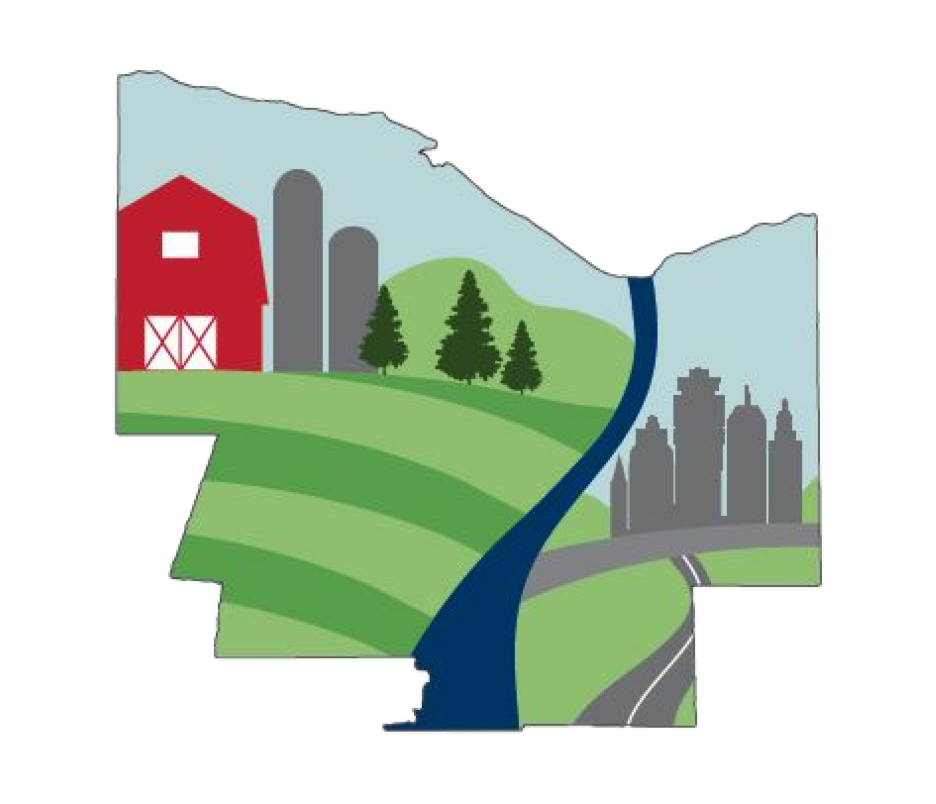Wetlands
Wetlands are areas where there is water present for an extended period of time that has a significant influence on the plants, soil composition and wildlife that is present. They are present in a variety of landscape settings including low areas adjacent to waterbodies, isolated depressions filled with surface runoff, places with groundwater discharge and more. They are characterized by the vegetation type, for example, a swamp containing mainly red-maple would be considered a red-maple  swamp.
swamp.
Soils within a wetland are called hydric soils. The Web Soil Survey is a good tool to see if there may be hydric soils in an area.
There are countless species of plants and animals that depend on wetlands to survive. Species of migratory birds utilize wetlands in fly zones to rest and eat. Many also raise their young in and around wetlands. Wetlands are also crucial for amphibian populations. Vernal pools (a type of wetland) are breeding grounds for many amphibian species. Vernal pools are great because they aren’t permanent waterbodies, being wet in spring and dried up in summer. Therefore, fish cannot establish in them, meaning there are less predators of the newly hatched frogs and salamanders.
Wetlands are an amazing natural resource that haven’t always been valued throughout history. In the past, people have looked at wetlands as wastelands and have been degraded them by filling, dredging and draining  then for development and agricultural purposes. Because of past actions, it is estimated that throughout the lower 48 states, over 50 percent of our original wetlands have been lost.
then for development and agricultural purposes. Because of past actions, it is estimated that throughout the lower 48 states, over 50 percent of our original wetlands have been lost.
Today, wetlands are recognized as an important natural resource and are federally regulated. In New York, regulations are more strict to protect our wetlands. Wetlands are protected because of their many values such as water quality. Wetland vegetation removes excess nutrients and pollution from the water through evapotransporation. The vegetation also traps sediments and keeps them from flowing in nearby waterbodies. Wetlands also help store water during floods. In a flood event, wetlands hold water and release it slowly, this decreases damage to property and decreases the potential for erosion.
If you are looking to start a project in an area where a wetland may be present, contact the New York State Department of Conservation or the U.S. Army Corps of Engineers.
Check Out These Resources For More Information on Wetlands & Where to Find Them in New York or Throughout the United States
New York State Department of Environmental Conservation
New York State Department of Environmental Conservation Wetland Mapper
National Wetlands Inventory
